Ningbo, located on the southeastern coast of China, is a vital port city and a crucial hub for maritime trade. It marks the southernmost seaport of the Grand Canal and is one of the starting points of the ancient Maritime Silk Road. Born of the sea and thriving with the port, Ningbo has long been shaped by its connection to water.
Haishu, the historical and cultural core of Ningbo, is home to the ancient cities of Mingzhou's inner and outer walls. With a rich and profound heritage and abundant cultural resources, it is known as a "museum without walls." The Maritime Silk Road relics scattered throughout Haishu bear witness to the transformations of Ningbo as a port city.
As China embarks on its fourth national cultural relics census, let us follow the traces of history and stroll through the streets of Haishu on a journey titled “Millennia-Old Port, Maritime Silk Road Tour”, to experience the depth and diversity of this port city on the East China Sea.
Tianfeng Pagoda
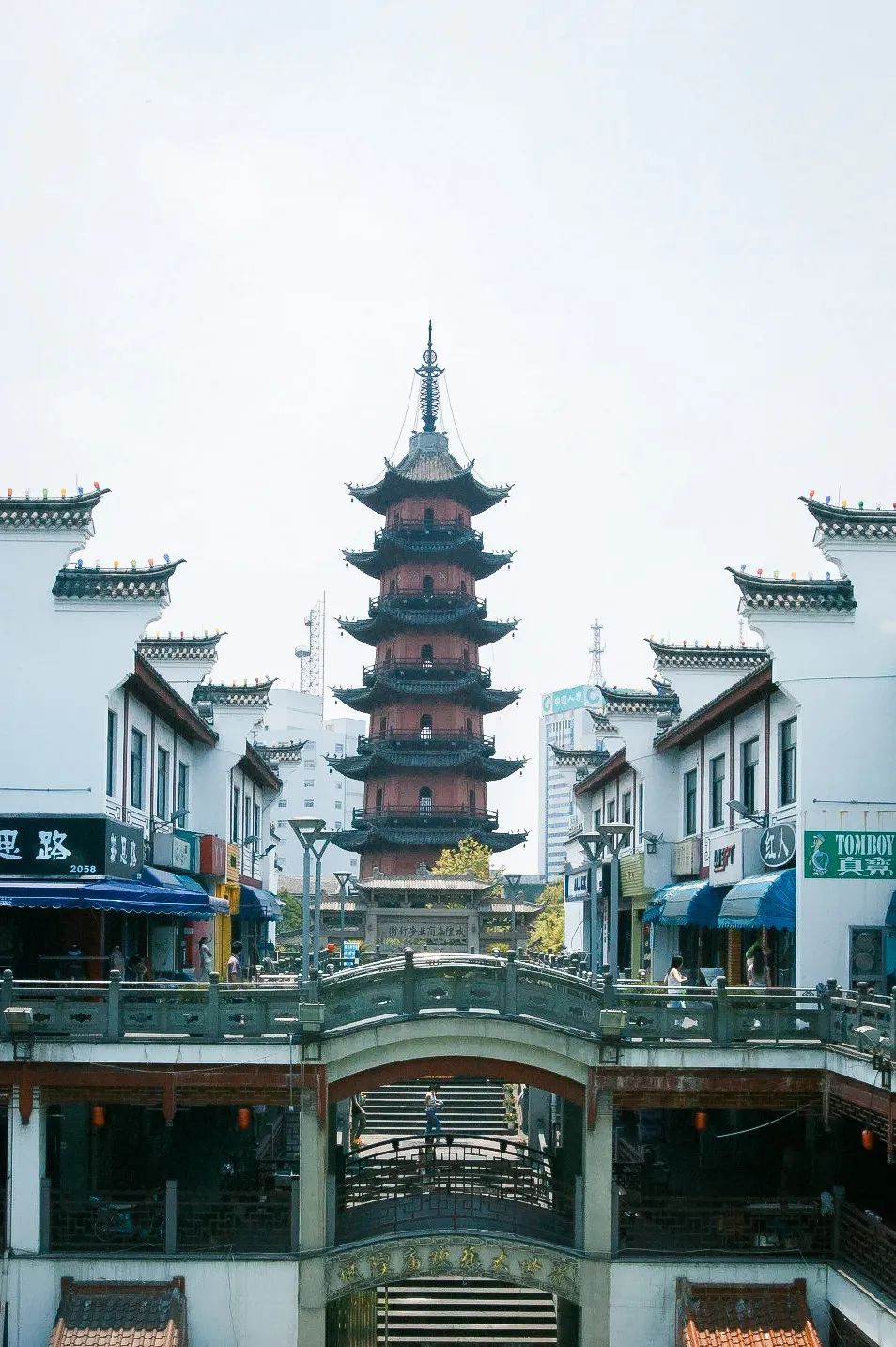
Tianfeng Pagoda is located at No. 194 Dashani Street in Tianfeng Park, within the Junmiao Community, Jiangxia Subdistrict. To preserve this ancient structure, a large-scale dismantling and restoration project was carried out in 1984, accompanied by archaeological excavation that revealed the structure of the tower’s foundation. This provided solid physical evidence for dating and understanding its architectural design. The restoration was completed and the site officially opened to the public in December 1989.
Sanjiangkou, Ningbo
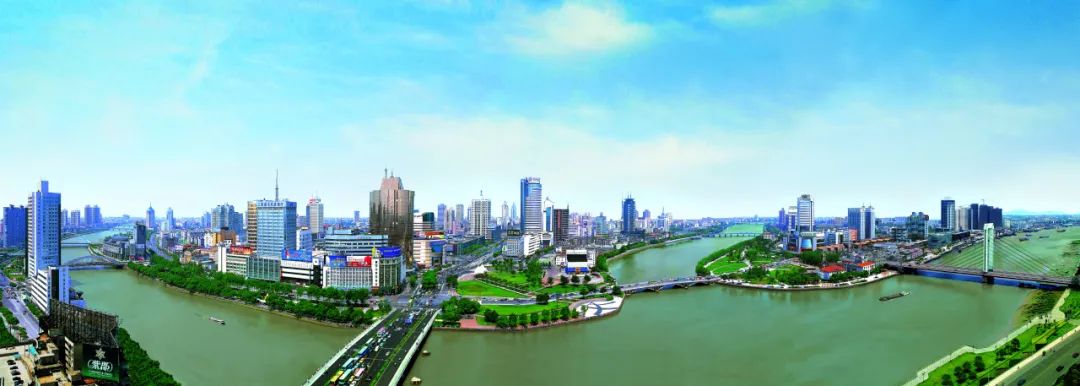
Sanjiangkou, the "Three Rivers Junction" in Ningbo, is the connecting point between the Grand Canal and the Maritime Silk Road. Since ancient times, Mingzhou (modern-day Ningbo) has been a thriving port for foreign trade. After the Eastern Zhejiang Canal was fully navigable in the Song Dynasty, inland riverboats arriving in Ningbo would typically switch to sea vessels at Sanjiangkou to continue their journey via the Yong River. Likewise, incoming sea vessels from the east would dock at Sanjiangkou and transfer goods inland through the Eastern Zhejiang Canal to Hangzhou, linking with the Grand Canal.
Qianye Guild Hall
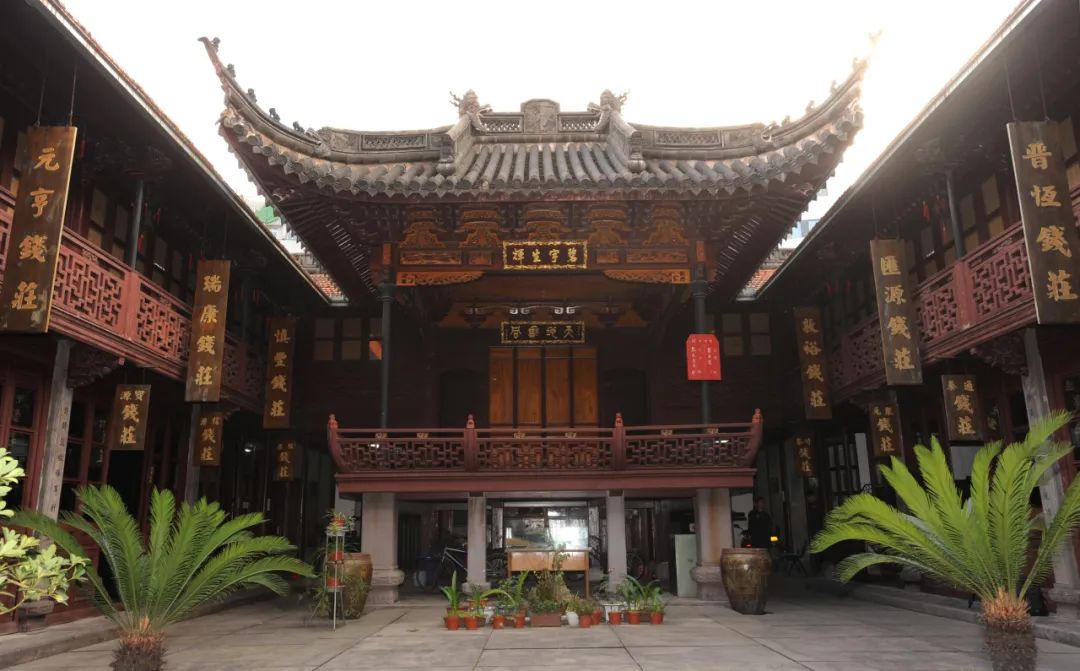
Located at No. 10 Zhan Chuan Street, near Heyi Avenue, the Qianye Guild Hall was historically the meeting and trading venue for Ningbo's banking and finance industry. It served as the highest decision-making institution of the local financial sector and remains the only well-preserved architectural relic of the traditional Chinese money exchange business. In 1988, the People's Bank of China took over and fully restored the building. In September 1994, the Ningbo Currency Museum was established on the site and officially opened to the public.
Former Site of the Private Yongjiang Girls’ Middle School
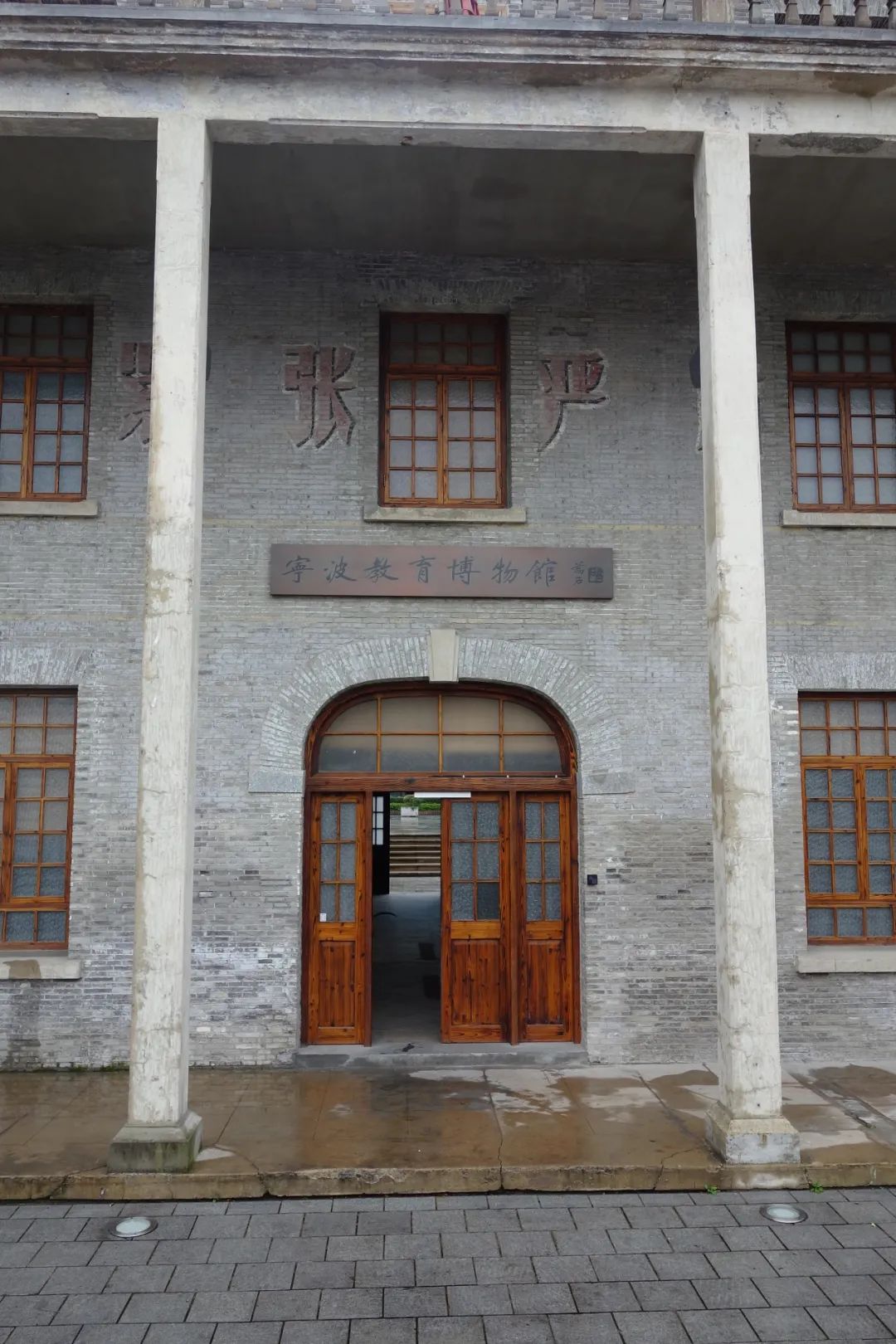
Located at No. 106 Heyi Road in Cangshui Community, Gulou Subdistrict, this site was originally established in 1844 by British female missionary Mary Aldersey (1797–1868) as a girls' school named Ningbo Girls’ Seminary.
In 1857, it merged with the American Presbyterian-founded Chongde Girls’ School, and in 1923 further merged with Saint Mary’s Girls’ School, officially becoming the Yongjiang Girls’ Middle School (Yongjiang Girls’ High). It was the first girls’ school in Chinese history, and one of the earliest girls' middle schools in modern China. Today, it houses the Ningbo Education Museum.
Yongfeng Granary Ruins
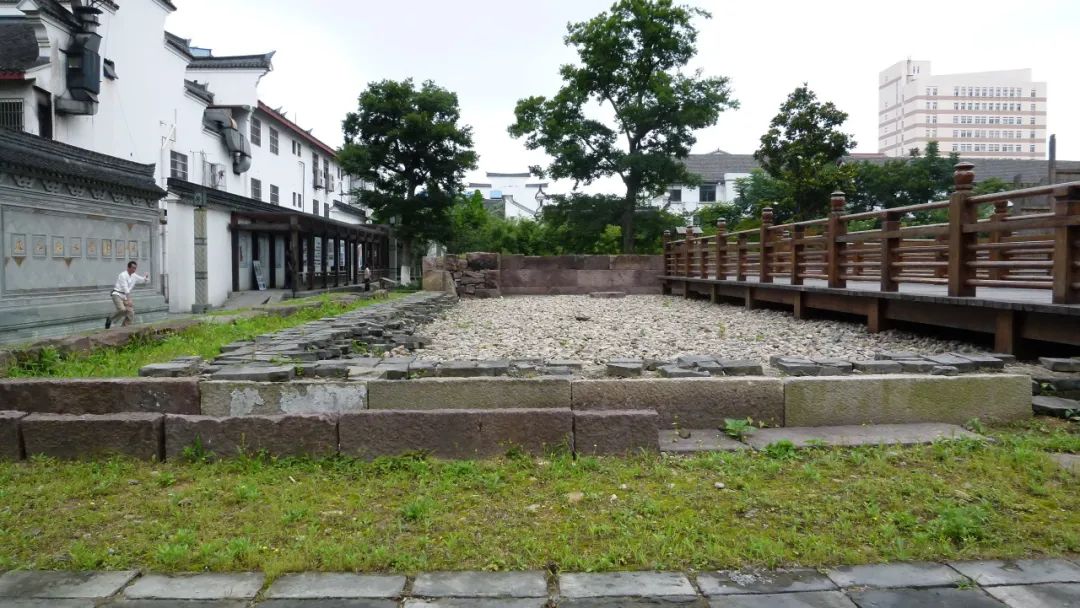
The Yongfeng Granary Ruins are located on the north side of Zhongshan West Road, within the site of the Tang-Song Dynasty inner city. In the first year of Qingyuan of the Southern Song Dynasty (1195), Mingzhou was renamed Qingyuan Prefecture, and a Changping Granary was established in the inner city for storing rice and wheat. During the Yuan Dynasty, it was renamed Yongfeng Granary.
The current ruins feature two main building foundations, along with related structures including brick-paved corridors, courtyards, drainage ditches, wells, and waterways. It is the largest and most significant urban archaeological excavation in Ningbo’s history. In April 2003, it was named one of China’s Top Ten Archaeological Discoveries of 2002 by the State Administration of Cultural Heritage.
Site of the Goryeo Embassy
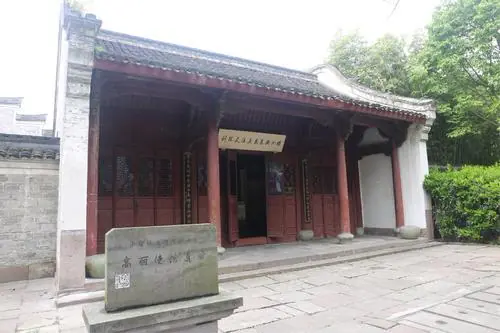
Located in Baokui Alley on Zhenming Road, the Goryeo Embassy Site was established in the 7th year of the Zhenghe era of the Northern Song Dynasty (1117).
Following an imperial decree from Emperor Huizong of Song, Prefect Lou Yi of Mingzhou established the Goryeo Department and built a national-level guesthouse known as the Goryeo Embassy Hall on Chrysanthemum Isle in Moon Lake. This served as a symbol of diplomatic ties between mainland China and the Korean Peninsula, and is an important cultural heritage site of the Maritime Silk Road in Ningbo.
Mingzhou Luocheng (Outer City Wall) Ruins – Wangjing Gate Section
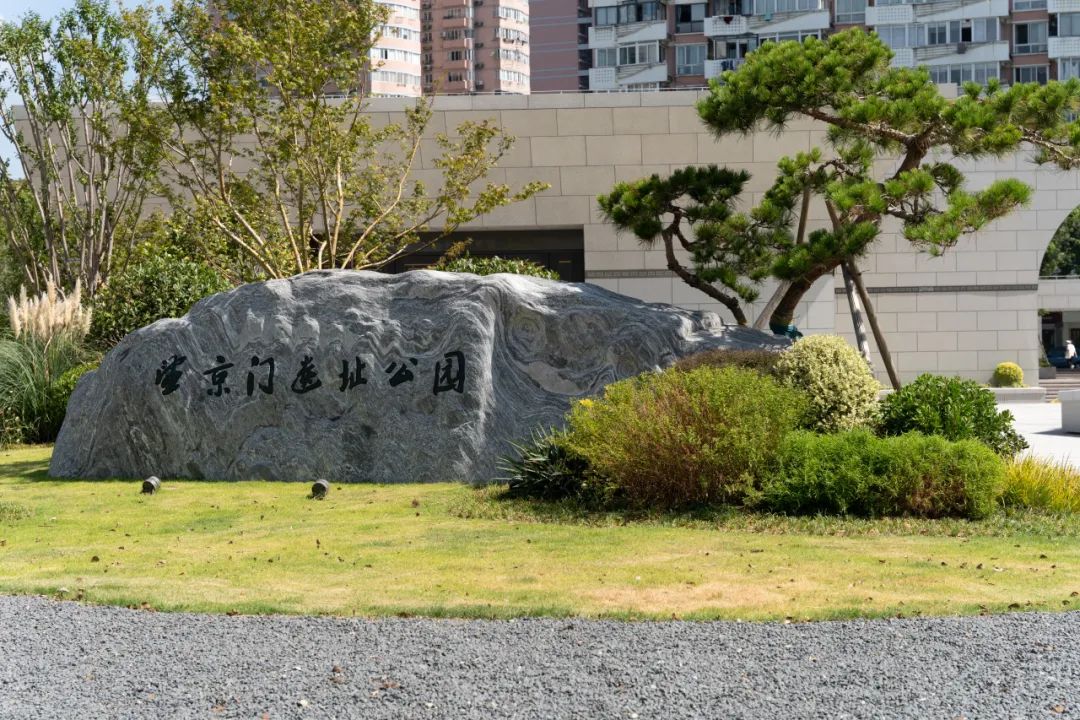
Located on Zhongshan West Road in Haishu District, the Wangjing Gate Section of the Mingzhou Outer City Wall was unearthed in 2016 during archaeological excavations conducted by the Ningbo Institute of Cultural Relics and Archaeology. The discovered city wall remains span 79 meters in length and approximately 9.6–11 meters in width, and has been confirmed to be part of the Mingzhou Luocheng.
The Wangjing Gate City Wall Ruins Museum was built directly atop the archaeological site. Its permanent exhibition, titled "A Millennium of Urban Stories," traces the evolution of Ningbo’s city walls and vividly connects over 1,200 years of urban transformation. It is the only museum in Ningbo and Zhejiang Province dedicated to the ruins of a historic government city wall.
Source: Go to Ningbo
Editor: Ye Ke



